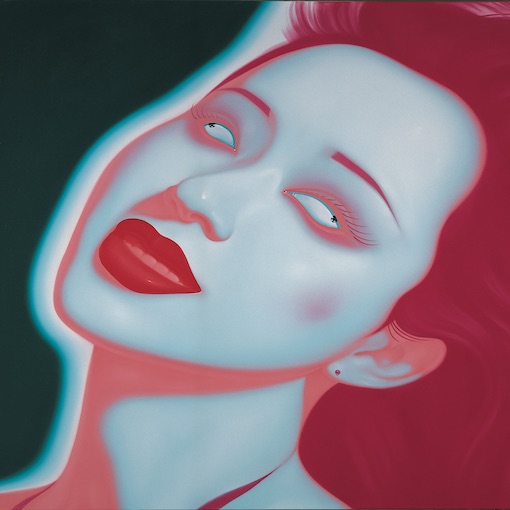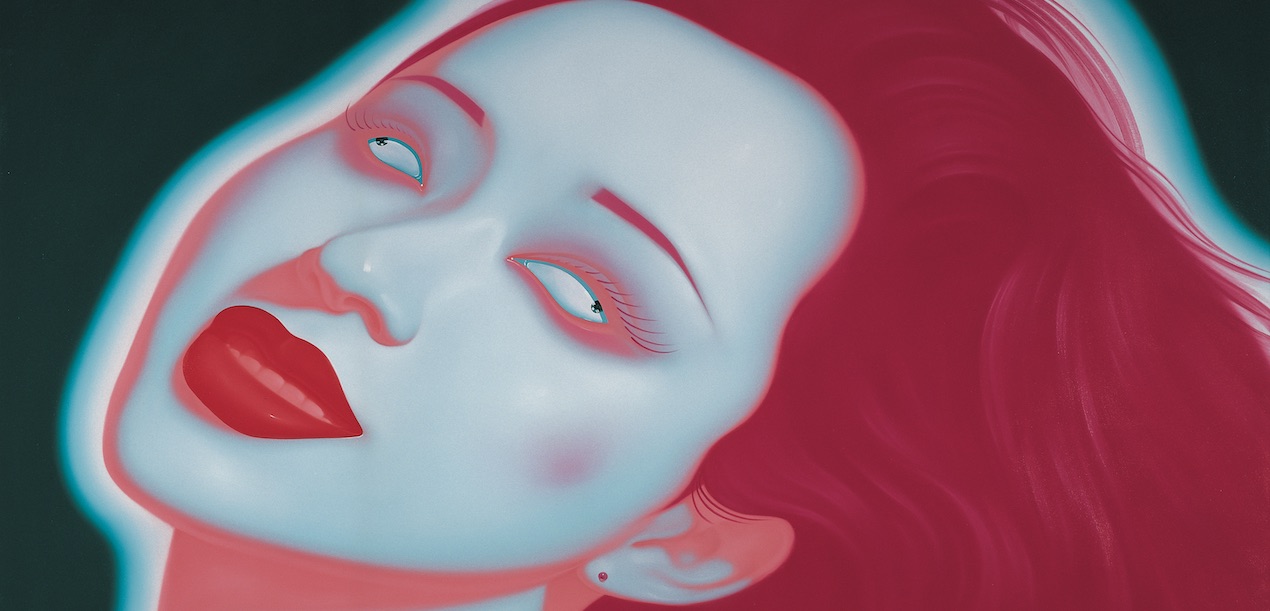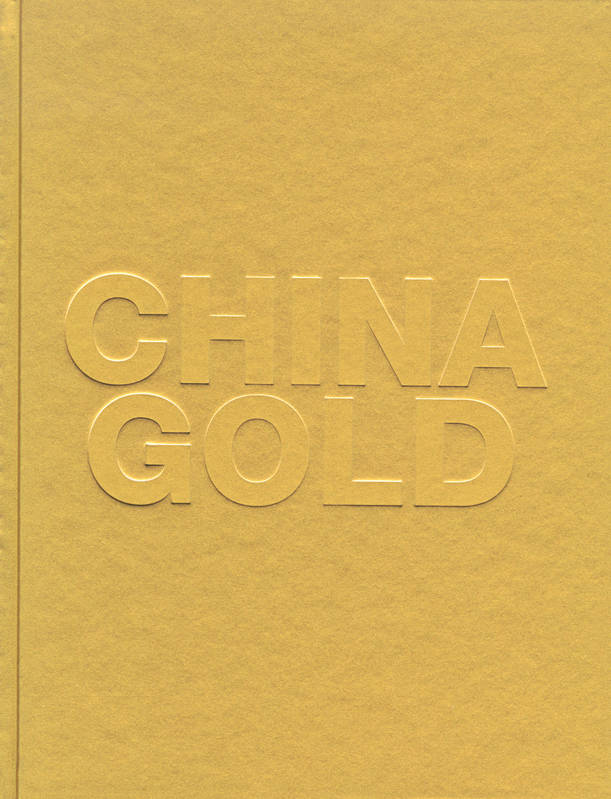En cours
A Venir
Billetterie
Collections en ligne
Actualités
Boutique
Restaurants et privatisation


During China’s imperial period, only the emperor wore yellow. Today, a new generation of artists have symbolically reappropriated the color to carry a historic emblem into the China’s future and evolving artwork. Chinese contemporary art, still outlawed and censored in the final years of the Mao Era, developed rapidly and flourished exponentially. At a forum held in Beijing the China Daily reported, “if China enters an era of wealth and gold, it will bring opportunities to everyone”. Today, China is a major center of international creativity. The history of this unpredictable “cultural revolution” began with the emergence of small movements led by daring artists such as the Star Group in 1979 and the Eastern Village Group in the early 1990s, as well as the Northern Art Group from which many now-famous artists emerged. Pictorial trends such as Cynical Realism and Political Pop have shaped the evolution of Chinese contemporary art.
While a number of the artists featured in this exhibition are now world-renowned, other works by equally talented artists have yet to be discovered. Placed together in an exhibition, the wide variety of artists underscore extraordinary landscape of contemporary art in today’s China.
During China’s imperial period, only the emperor wore yellow. Today, a new generation of artists have symbolically reappropriated the color to carry a historic emblem into the China’s future and evolving artwork. Chinese contemporary art, still outlawed and censored in the final years of the Mao Era, developed rapidly and flourished exponentially. At a forum held in Beijing the China Daily reported, “if China enters an era of wealth and gold, it will bring opportunities to everyone”. Today, China is a major center of international creativity. The history of this unpredictable “cultural revolution” began with the emergence of small movements led by daring artists such as the Star Group in 1979 and the Eastern Village Group in the early 1990s, as well as the Northern Art Group from which many now-famous artists emerged. Pictorial trends such as Cynical Realism and Political Pop have shaped the evolution of Chinese contemporary art.
While a number of the artists featured in this exhibition are now world-renowned, other works by equally talented artists have yet to be discovered. Placed together in an exhibition, the wide variety of artists underscore extraordinary landscape of contemporary art in today’s China.

China Gold
During China’s imperial period, only the emperor wore yellow. Today, a new generation of artists have symbolically reappropriated the color to carry a historic emblem into the China’s future and evolving artwork. Chinese contemporary art, still outlawed and censored in the final years of the Mao Era, developed rapidly and flourished exponentially. At a forum held in Beijing the China Daily reported, “if China enters an era of wealth and gold, it will bring opportunities to everyone”. Today, China is a major center of international creativity. The history of this unpredictable “cultural revolution” began with the emergence of small movements led by daring artists such as the Star Group in 1979 and the Eastern Village Group in the early 1990s, as well as the Northern Art Group from which many now-famous artists emerged. Pictorial trends such as Cynical Realism and Political Pop have shaped the evolution of Chinese contemporary art.
While a number of the artists featured in this exhibition are now world-renowned, other works by equally talented artists have yet to be discovered. Placed together in an exhibition, the wide variety of artists underscore extraordinary landscape of contemporary art in today’s China.
Mentions légales | CGU | Données personnelles | Gestion des cookies
Musée Maillol, 2021
Mentions légales | CGU | Données personnelles | Gestion des cookies
Musée Maillol, 2021